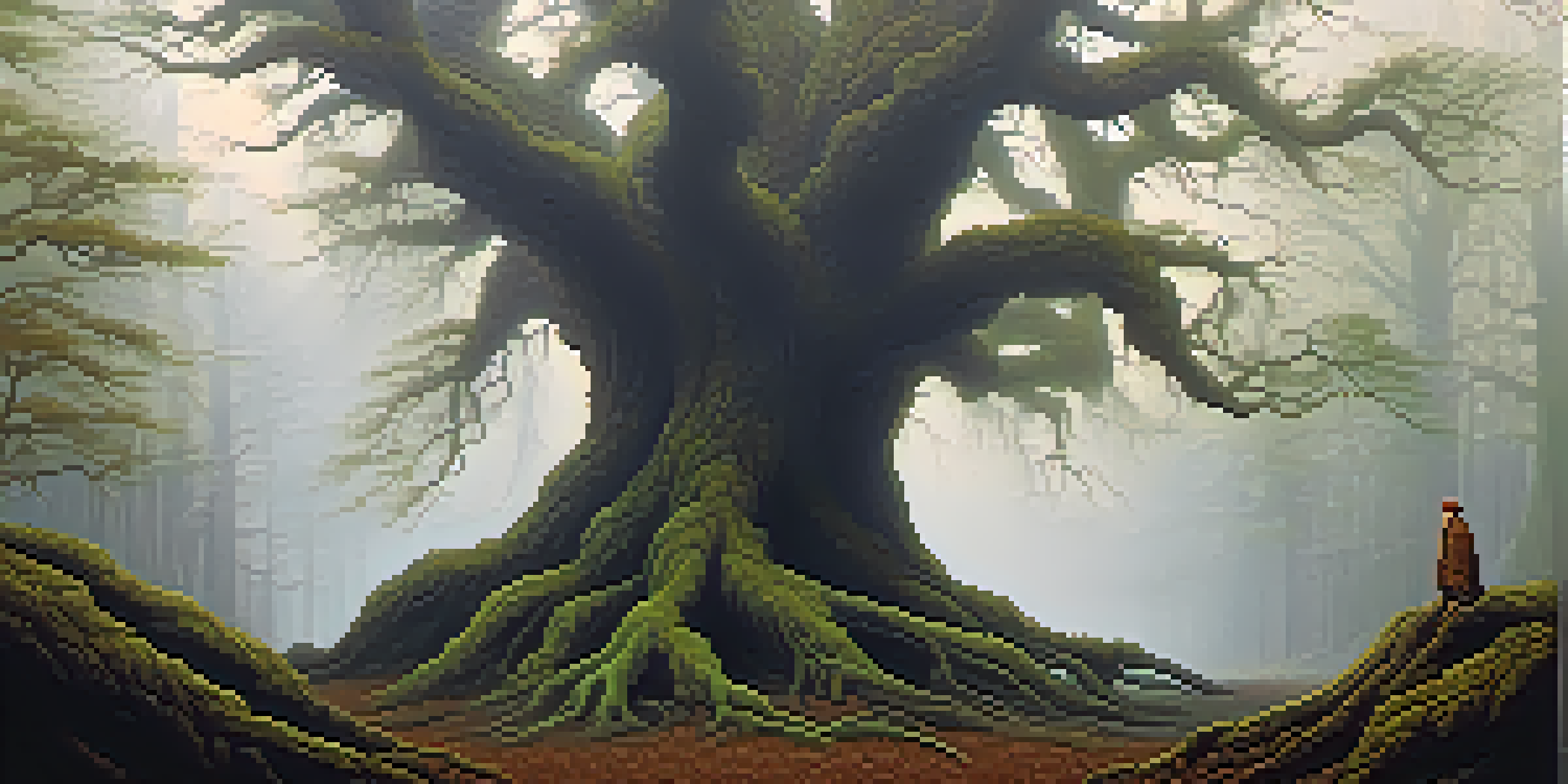The Evolving Genre of Eco-Horror in Contemporary Cinema

Understanding Eco-Horror: A Genre Overview
Eco-horror blends traditional horror elements with environmental themes, inviting audiences to confront their fears about nature. This genre often highlights the consequences of human neglect and exploitation of the environment. By portraying nature as a vengeful force, these films serve as a mirror reflecting our collective anxieties about ecological destruction and climate change.
Historical Roots of Eco-Horror: From Classic to Contemporary
The roots of eco-horror can be traced back to early literature and films, like Mary Shelley's 'Frankenstein' and Alfred Hitchcock's 'The Birds'. These works laid the groundwork for exploring humanity's relationship with nature, often emphasizing the unpredictability of the natural world. As environmental concerns grew in the 20th century, eco-horror evolved to address pressing issues such as pollution, deforestation, and climate change.
Eco-Horror Merges Fear and Nature
This genre combines traditional horror with environmental themes, urging audiences to face their anxieties about ecological destruction.
Key Themes in Eco-Horror: Nature's Wrath and Human Hubris
A prevalent theme in eco-horror is the idea of nature retaliating against human hubris. Films often depict the consequences of environmental degradation, showcasing how neglect can lead to catastrophic outcomes. This theme resonates with audiences, as it challenges the notion of humanity's superiority and highlights our vulnerability in the face of nature's power.
Modern Eco-Horror Films: A New Wave of Environmental Consciousness
Recent films like 'A Quiet Place' and 'The Platform' exemplify how eco-horror has adapted to contemporary issues. These movies not only entertain but also provoke thought about human impact on the environment. By intertwining horror with pressing ecological themes, filmmakers encourage viewers to reflect on their own actions and the broader implications for our planet.
Nature's Retribution Against Humanity
A common theme in eco-horror is nature's revenge on human hubris, illustrating the dangers of environmental neglect.
Cultural Impact: Eco-Horror and Environmental Movements
Eco-horror has emerged as a powerful tool for raising awareness about environmental issues. As audiences become more aware of climate change and ecological degradation, these films resonate on a deeper level. They can inspire action and foster a sense of responsibility towards protecting our planet, making eco-horror not just a genre but a catalyst for change.
Iconic Characters and Creatures: Nature as the Antagonist
In eco-horror, nature often takes on a monstrous form, with characters and creatures that embody environmental fears. From mutated animals to vengeful spirits of nature, these antagonists serve as a reminder of the consequences of human actions. These figures not only instill fear but also evoke empathy, prompting viewers to consider the plight of the natural world.
Eco-Horror Inspires Environmental Awareness
By reflecting real-world ecological issues, eco-horror films not only entertain but also encourage viewers to take action for the planet.
The Role of Technology in Eco-Horror: A Double-Edged Sword
Technology plays a complex role in eco-horror, often depicted as both a tool for destruction and a means of survival. While advancements have led to environmental degradation, they also provide solutions to combat these issues. This duality highlights the tension between progress and preservation, forcing audiences to confront the implications of their reliance on technology.
Looking Ahead: The Future of Eco-Horror in Cinema
As environmental concerns continue to grow, the eco-horror genre is poised for further evolution. New filmmakers are emerging, eager to explore innovative narratives that address contemporary issues. With an increasing number of audiences seeking films that resonate with their values, eco-horror is likely to remain a significant part of the cinematic landscape, blending entertainment with crucial messages about our planet.